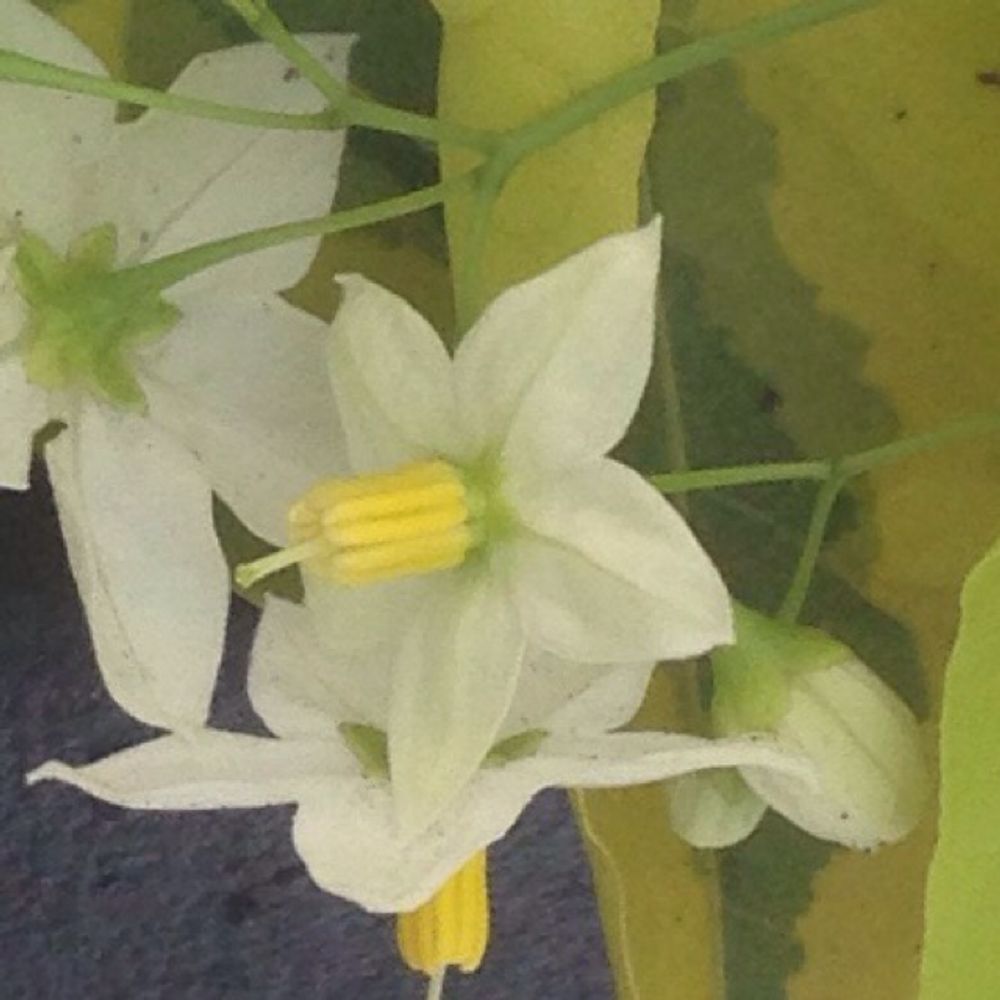Nightshade
(Solanum)

Description
“Pet poisonous” – Toxic parts: leaves, berries Solanum is a large and diverse genus of flowering plants, which include two food crops of high economic importance, the potato and the tomato. It also contains the nightshades and horse nettles, as well as numerous plants cultivated for their ornamental flowers and fruit.Solanum species show a wide range of growing habits, such as annual and perennials, vines, subshrubs, shrubs, and small trees. Many formerly independent genera like Lycopersicon (the tomatoes) and Cyphomandra are now included in Solanum as subgenera or sections. Thus, the genus today contains roughly 1,500-2,000 species. The species most commonly called nightshade in North America and Britain is Solanum dulcamara, also called bittersweet or woody nightshade. Its foliage and egg-shaped red berries are poisonous, the active principle being solanine, which can cause convulsions and death if taken in large doses. The black nightshade (S. nigrum) is also generally considered poisonous, but its fully ripened fruit and foliage are cooked and eaten in some areas. The deadly nightshade (Atropa belladonna) is not in the genus Solanum, but is a member of the family Solanaceae. The generic name was first used by Pliny the Elder (23–79) for a plant also known as strychnos, most likely S. nigrum. Its derivation is uncertain, possibly stemming from the Latin word sol, meaning "sun", referring to its status as a plant of the sun. Another possibility is that the root was solare, meaning "to soothe", or solamen, meaning "a comfort", which would refer to the soothing effects of the plant upon ingestion. Poisonings associated with certain species of Solanum are not uncommon and may be fatal. However, several species are locally used in folk medicine, particularly by native peoples who have long employed them. .
Taxonomic tree:







